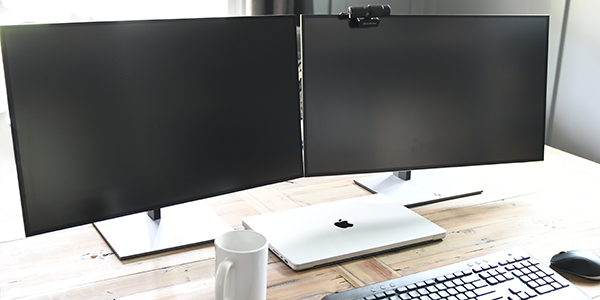Small Business Hardware Refresh: Where Do I Start?
Now that you understand the signs, risks and costs associated with allowing your small business to deal with outdated hardware you may be wondering,...
2 min read
 Tiffany Bloomsky
:
Sep 20, 2021 1:31:46 PM
Tiffany Bloomsky
:
Sep 20, 2021 1:31:46 PM

There’s a number of traditional sayings we’ve applied to understand the risks associated with using old hardware within your business. But “with great risk comes greater reward” is definitely not one of them. It’s actually quite the opposite. When businesses continue using risky old hardware, typically it’s because they’re trying to delay the hefty investment of a refresh. In reality, they often end up spending more out of pocket to maintain and fix those systems than if they would have paid for the necessary refresh upfront. If you’re struggling to maintain an outdated environment and get the necessary budget needed to make changes, here are 4 ways to put into perspective how much those systems could really be costing your small business.
With outdated systems come frequent crashes, all of which can occur for a number of reasons. Typically it’s owed purely to age and use, but it could also be the result of an infection gone undetected. In a report published by a research consulting firm, IDC, they claim that 80% of small businesses have experienced downtime. And the estimated cost per incident can range from $82,200 to $256,000. This equates to around $137 to $427 per minute of downtime. Those jaw-dropping figures suggest that incurring downtime could really mean life or death for a small business. So if you’re noticing signs that it’s time to update, it’s best to not wait until something crashes.
The optimal lifespan of a typical computer is around 4 years. Any more than that, you’ll be paying more to maintain the system than it would cost to replace. The most recent study that analyzed the maintenance costs incurred by small businesses using legacy hardware was a Pan-Asia SMB Study conducted by Microsoft in 2018. In this report, it was found that old computers were costing business owners over $2,736 each, which we could only assume would increase drastically in 2021 and beyond. To avoid the total cost of ownership of your devices outstripping your computer’s worth with maintenance and repairs. It’s recommended to follow the best practice of replacing your computers every 3-4 years.
When using legacy systems, end-users often grapple with slow speeds and other issues. This can negatively impact their ability to remain as efficient as possible in their day-to-day work. It’s been claimed in 2016 that businesses in the US lose up to $1.8 billion annually in wasted productivity due to old hardware. And according to Microsoft, a PC over 4 years old is 2.7 times more likely to need repairs. This results in an additional 112 hours of productivity lost just for repair time. By providing your team with the latest hardware, your business guarantees that employees can get their job done, in turn maximizing the investment made in the employee.
Ultimately, when your business is experiencing the complications of old hardware, it’s bound to affect your customers. A good is that the longer you hold on to those aging devices, the more impact your customers will feel. It could start with a customer-facing employee having to turn in a failed laptop to be repaired, putting them out of work for the day. But it can escalate to a failed server taking out your entire webpage rather quickly. Small businesses would be nothing without their customers and the experience they provide to them, so it’s important not to let aging hardware stand in the way of your bottom line.
If you recognize that your technology budget is being drained by maintenance costs, yet can’t reserve enough to solve the break and fix cycle through an investment into new hardware, we can help. Cortavo specializes in complete refreshes of small business hardware with no upfront cost or lease agreements. We don’t stop there either; while you gain new hardware, you’ll also gain a long-term strategic technology partner to support and grow your business all at one low and predictable monthly cost.

Now that you understand the signs, risks and costs associated with allowing your small business to deal with outdated hardware you may be wondering,...

Traditionally, IT help desks had to provide primary support over the phone or through chat and email. Although they got the job done, it created an...

Peace of Mind Unlike a hired employee, whose hours are contained to the business day, an MSP can offer around-the-clock support. If your server goes...